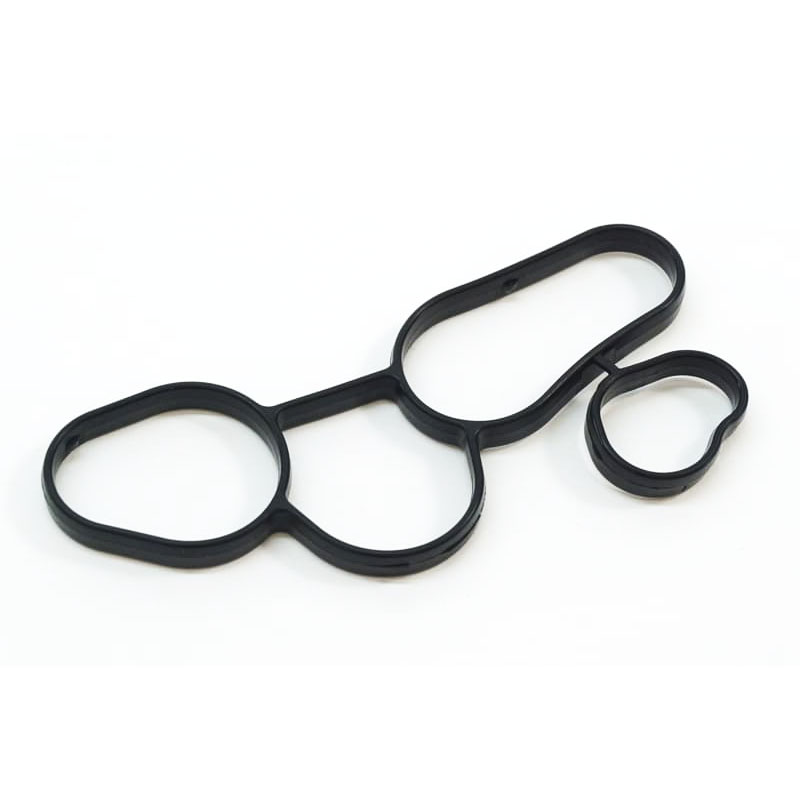Differential Axle Seal Replacement and Maintenance Tips for Optimal Performance
Understanding Differential Axle Seals Importance, Signs of Wear, and Replacement
Differential axle seals are crucial components in any vehicle that utilizes a differential system. These seals prevent lubricating fluid from leaking out and protect the axle and differential assembly from external contaminants such as dirt, water, and road debris. Given their importance, understanding the role of differential axle seals, signs of wear, and when to replace them can greatly enhance the longevity and performance of your vehicle.
What Are Differential Axle Seals?
Differential axle seals are specially designed components that fit at each end of the axle, effectively sealing the differential fluid within the axle housing. The differential fluid, often gear oil, lubricates the gears and bearings within the differential, reducing friction and wear. This fluid is vital for smooth operation and optimal performance, and the seals play a pivotal role in maintaining adequate fluid levels.
Importance of Differential Axle Seals
The seals serve two primary functions they keep the differential fluid contained and prevent contaminants from entering the axle assembly. If the seals fail, several issues can arise
1. Fluid Leaks One of the first signs of a failing differential seal is the presence of fluid leaks. This can lead to low fluid levels, which in turn can cause overheating and lead to catastrophic failure of the differential.
2. Contamination Damaged or worn seals allow dirt, water, and other road debris to enter the differential. Contaminated fluid can lead to increased wear on internal components, resulting in costly repairs.
3. Increased Wear Without proper lubrication, the gears and bearings inside the differential can wear prematurely, leading to noise, vibration, and ultimately, mechanical failure.
Signs of Wear or Failure
diff axle seal

It's essential to keep an eye out for signs of wear or failure in differential axle seals. Common indicators include
- Fluid Puddles Under the Vehicle If you notice puddles of gear oil underneath your vehicle, it may indicate a seal leak. - Whining or Growling Noises Unusual noises from the differential could signal insufficient lubrication due to fluid loss. - Vibration During Driving If you feel vibrations while driving, it could mean that the differential is not operating efficiently due to lack of fluid. - Visual Inspection Inspect the area around the axle for signs of fluid residue or a wet appearance. This can often indicate a seal failure.
Replacement Process
If you suspect that your differential axle seals need replacing, it’s crucial to address the issue promptly. The replacement process can be complex, often requiring specialized tools and knowledge, but here’s a simplified overview
1. Assessment First, assess the extent of the damage. This may involve inspecting the seals and the differential assembly for damage. 2. Drain Differential Fluid Before replacing the seals, drain the differential fluid. This is essential to prevent spills and mess during the replacement process.
3. Remove the Axles Depending on the vehicle, you may need to remove the wheels, brake components, and axles to access the differential seals properly.
4. Replace the Seals Carefully remove the old seals and install new ones, ensuring they seat properly to avoid future leaks.
5. Reassemble and Refill Once the new seals are in place, reassemble the components, refill the differential with the appropriate fluid, and check for leaks.
Conclusion
Differential axle seals are vital components of your vehicle's drivetrain system, ensuring proper lubrication and protection against contaminants. Regular inspection and timely replacement can prevent significant mechanical issues and costly repairs down the line. Understanding the signs of wear can empower vehicle owners to take proactive measures, keeping their vehicles running smoothly for years to come. If you're unsure about the condition of your differential axle seals or need a replacement, consulting with a professional mechanic is always a wise choice.
-
Understanding Automotive Oil Seals: Essential Components for Engine and Shaft Protection
News Jul.30,2025
-
The Importance of Heavy Duty Seals in Industrial and Residential Applications
News Jul.30,2025
-
Exploring Industrial Oil Seals: From Felt Oil Seals to TTO and CFW Solutions
News Jul.30,2025
-
Essential Guide to Oil Seals: From Radial to Metal-Cased Seals for Industrial Reliability
News Jul.30,2025
-
Choosing the Right Oil Seals and Gaskets for Industrial and Automotive Applications
News Jul.30,2025
-
Cassette Seals: Durable Sealing Solutions for Harsh Environments
News Jul.30,2025
-
Understanding the Front Main Engine Seal: Purpose, Maintenance, and Installation
News Jul.29,2025
Products categories















